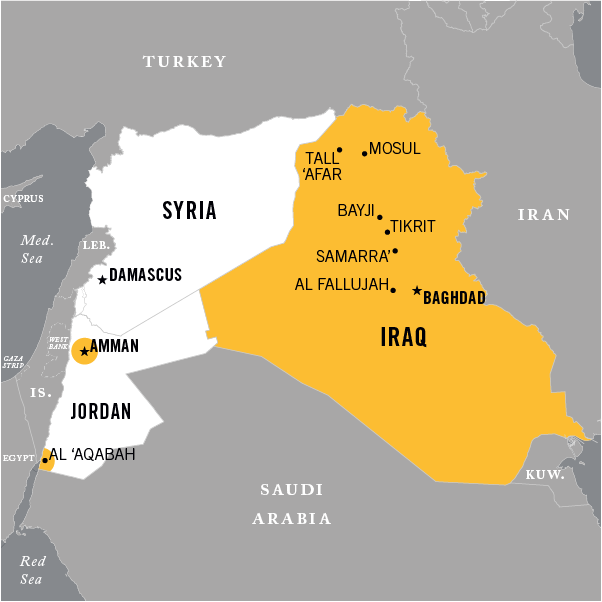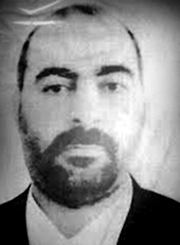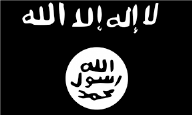TERRORIST GROUPS

BACKGROUND
The Islamic State of Iraq and the Levant is a terrorist organization that has exploited the conflict in Syria and sectarian tensions in Iraq to entrench itself in both countries. ISIL’s stated goal is to solidify and expand its control of territory once ruled by early Muslim caliphs and to govern through implementation of its strict interpretation of sharia. The group’s strength and expansionary agenda pose an increasing threat to US regional allies and US facilities and personnel in the Middle East as well as in the West.

ISIL—formerly known as al-Qa‘ida in Iraq and later the Islamic State of Iraq—was established in April 2004 by Abu Mus‘ab al-Zarqawi, who pledged his group’s allegiance to Usama Bin Ladin. The group targeted Coalition and Iraqi forces and civilians to pressure foreigners to leave Iraq, reduce Iraqi popular support for the US and Iraqi Government, and attract recruits. The group suffered a series of setbacks starting in 2007—resulting from the combination of Sunni civilian resistance and a surge in Coalition and Iraqi Government operations against the group—before rebounding in late 2011 after Coalition forces withdrew, amid growing Sunni discontent with the Shia-dominated Iraqi Government.

While gaining strength in Iraq, ISIL also expanded its presence in Syria and established al-Nusrah Front as a cover for its activities there. Disputes over the group’s strategic direction in Syria led to conflict and ultimately ISIL’s disavowal by al-Qa‘ida in February 2014, setting the stage for ISIL’s subsequent challenge to al-Qa‘ida for leadership of the global extremist movement.
In June 2014, ISIL unilaterally declared the establishment of an Islamic caliphate and called on all Muslims to pledge allegiance to the group. Since then, ISIL has announced the establishment of eight provinces outside of Iraq and Syria, including in Afghanistan and Pakistan, Algeria, the Caucasus, Egypt, Libya, Saudi Arabia, West Africa, and Yemen. It has also continued to attract a large number of foreigners to Iraq and Syria—including thousands of Westerners—to take part in the group’s campaign of violence and help the “caliphate” grow.
ISIL’s vast territorial safe haven in Iraq and Syria, access to Western foreign fighters, and substantial financial resources pose a persistent and growing threat to the United States. Since September 2014, ISIL’s leadership has issued multiple public calls for attacks against US and Western interests around the world, and the group has made similar calls for attacks in its English-language magazine, Dabiq. ISIL members and sympathizers have responded by planning or conducting attacks at an unprecedented pace—at least 37 plots between February 2014 and July 2015.
ISIL is also known as DA’ESH or DA’ISH, an acronym for its name in Arabic. It is currently led by Abu Bakr al-Baghdadi, also known as Abu Du’a. The group was designated as a Foreign Terrorist Organization on 17 December 2004.



